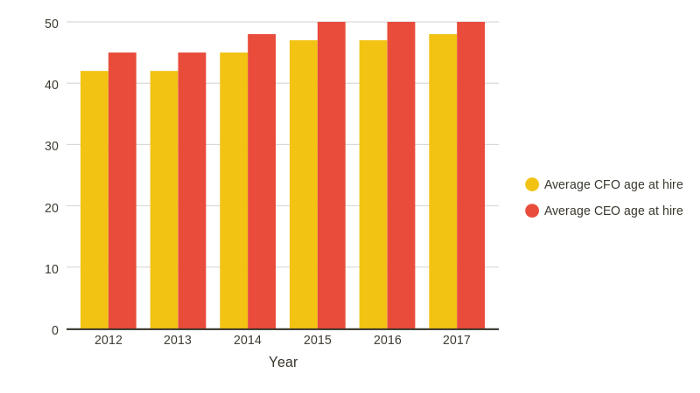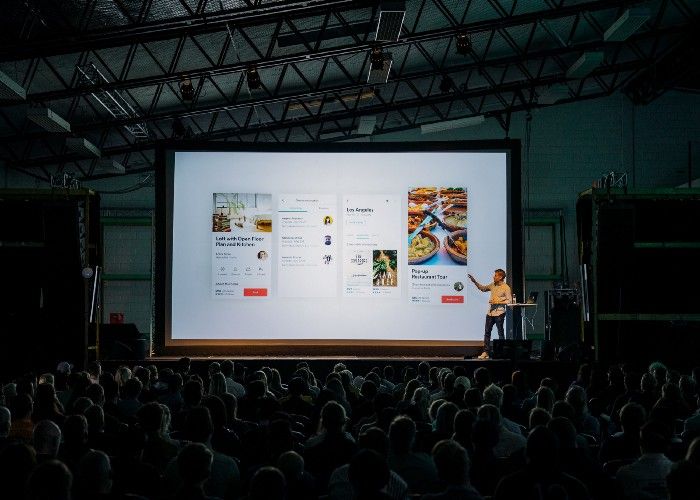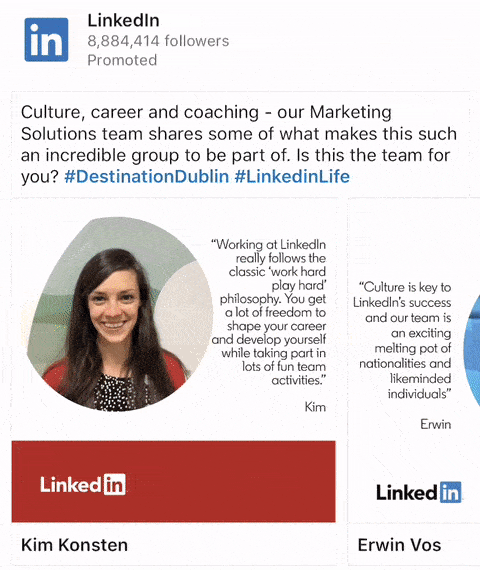Back in 2009, TED published a talk by Simon Sinek, and it was about something called the Golden Circle. Simon explains how to truly differentiate your brand from your competitors by answering and communicating the following questions in this order:
- Why — This is your organization’s purpose, cause, or belief. It’s the reason your organization exists.
- How — This is how your organization is going to achieve that purpose, cause, or belief.
- What — This is what your organization does, for example, the products and services you sell.
The ‘Why’ is the foundation of having a strong value proposition that sets you apart from others. In the video, Simon said, “People don’t buy what you do; they buy why you do it.”. I believe this doesn’t just apply to the commercial aspect of businesses, but also the recruitment aspect and thus the importance of having a good employer brand. You can also use your ‘Why’ to create attracting EVP statements (employee value proposition). Let’s take a look at Nike for example, their EVP statement is “ We lead. We invent. We deliver. We use the power of sport to move the world”. Before we look into some tips on how to improve your employer brand, let’s look at why this is getting increasingly important.

Baby boomers are retiring.
The baby boomers generation is retiring (those who are born between 1946 and 1964). So what does this have to do with the importance of employer branding? Well, the baby boomers are currently holding many key positions, and since they are now starting to retire, these positions need to be filled. Which wouldn’t be a problem but given the fact they are beginning to be replaced by a generation with very different traits, it can have profound effects on organizations. I believe this is one of the reasons why the average hiring age of CEOs and CFOs has been going up since 2012 as organizations do their best to stick with the baby boomers as long as they can to postpone the possible effects it may have on their organization once a new generation takes over.

In one of my previous articles, I wrote about the required changes in the world of leadership when it comes to millennials. As research by Gallup shows that many leaders want to understand the millennials, but due to the absence of concrete answers or solutions, they stick with their existing policies. This will make it more difficult to attract talent. Let me explain to you why that is in the next section.

Purpose and development drive the millennial generation.
The millennials are the largest generation in the workforce, and they will continue to grow from around 50% right now to 75% in 2030, according to the U.S. Bureau of Labor Statistics. This means knowing who millennials are as people matters (or any generation for that matter). Organizations that fail to understand the value of the millennial mindset will fail to create work environments that attract and retain them.

Back in the 20th-century, baby boomers didn’t necessarily need meaning in their jobs. For millennials, however, this is very different; they want to work for organizations with a purpose, a mission, and those who give particular importance to their development and not their satisfaction.
Millennials are often described as “job-hoppers”, which is correct according to How Millennials Want to Work and Live by Gallup, as it shows that 21% of millennials changed jobs back in 2016 which is more than three times the number of non-millennials. Sixty percent even said they are open to new job opportunities. One of the reasons millennials tend to “job-hop” however is because 55% feels unattached to their current role and organization. Again, to me, this is because organizations fail to understand the millennial mindset.
So to attract and retain talent from this generation, you have to adjust your employer brand accordingly as I believe people don’t work at organizations because of what the organization does; they work there because of why the organization does it.
Let’s take a look at some employer branding tips.

Be honest and transparent in your communication.
Whether it’s your website, job postings, articles, ads, or any other type of publication, make sure you are honest and transparent. These days anyone can leave comments about your organization on social media but also websites like Glassdoor. If you hire people based on a half-truth, you and the rest of the world will hear about it. Don’t forget that negative news travels fast.

Adjust the content and channels to your audience.
Learn everything there is to know about your target audience and adjust your content accordingly. If you are looking for millennials, be sure to start with your organization’s purpose (WHY). Followed by how they can help make that purpose a reality; your organization’s values; what kind of development programs you offer and that you will help them every step of the way, preferably in that particular order.

Most millennials don’t care that much for the bells and whistles found in many workplaces these days. So I don’t recommend to make ping-pong tables and free snacks the centerpiece of your content.
Finally, knowing everything about your target audience helps you choose which platforms to distribute your content on. I recommend that you adjust the content based on the platforms that you choose. Let’s say you are looking for a marketer at either entry or medior level, and you pick LinkedIn and Snapchat as your platforms. Chances are you are more likely to find the entry-level on Snapchat and the medior level on LinkedIn. Adjusting your content to be more formal on LinkedIn and informal on Snapchat might help find your candidate.
Also, be sure to be on the lookout for new exciting channels, TikTok, for example, might be the next Instagram, and the channel where your audience is on right now.
The featured image is from Unsplash. It’s just an example. I’m not affiliated with Nike, Inc.



